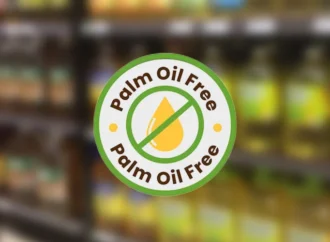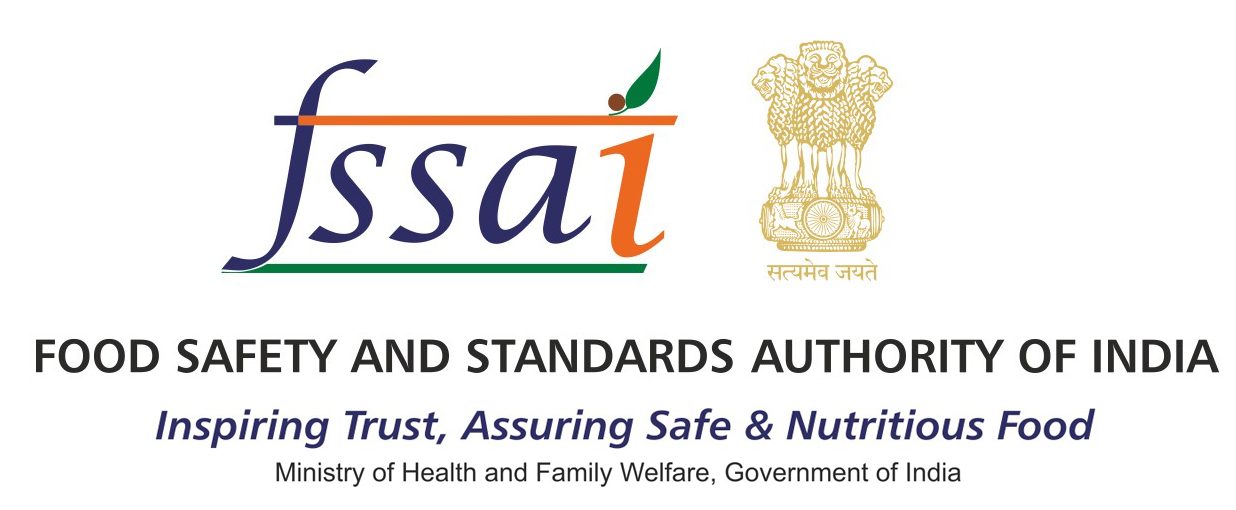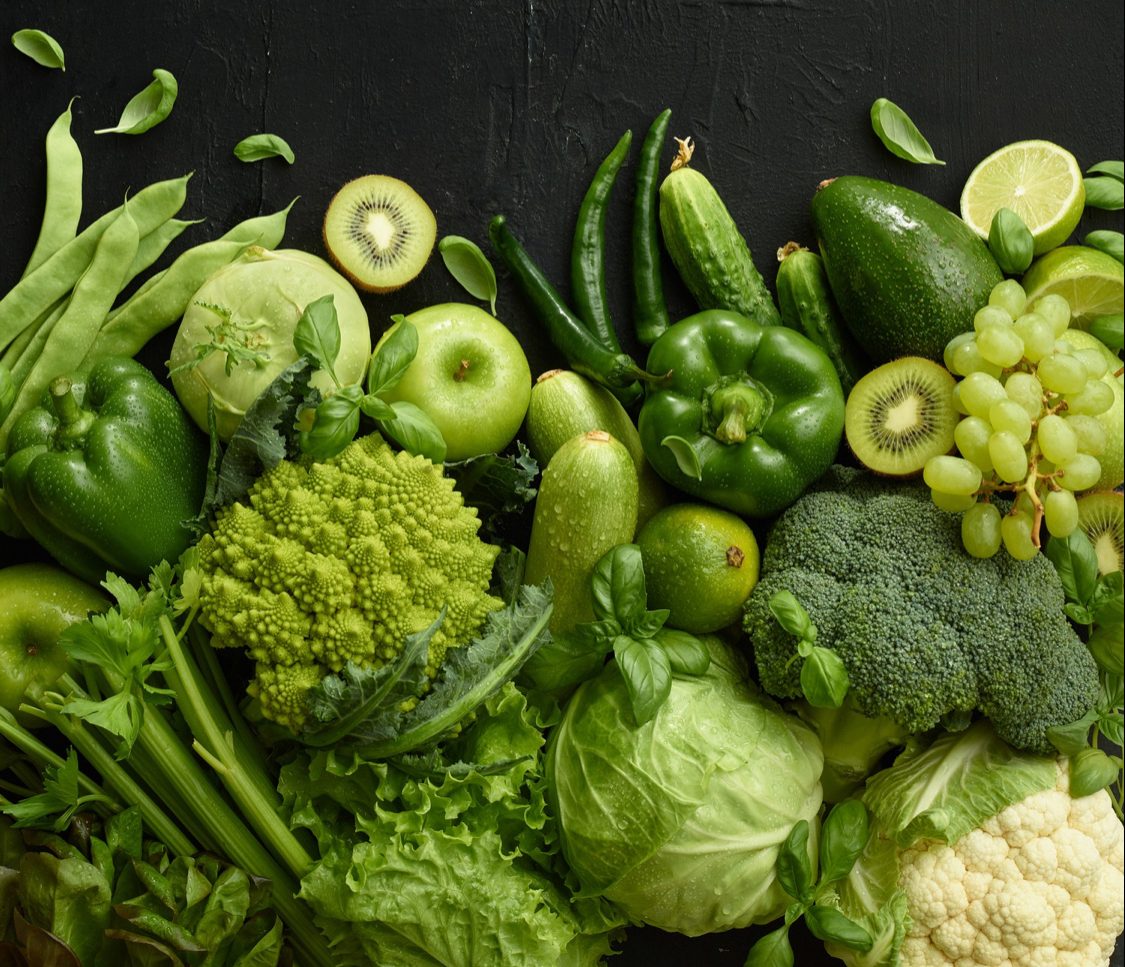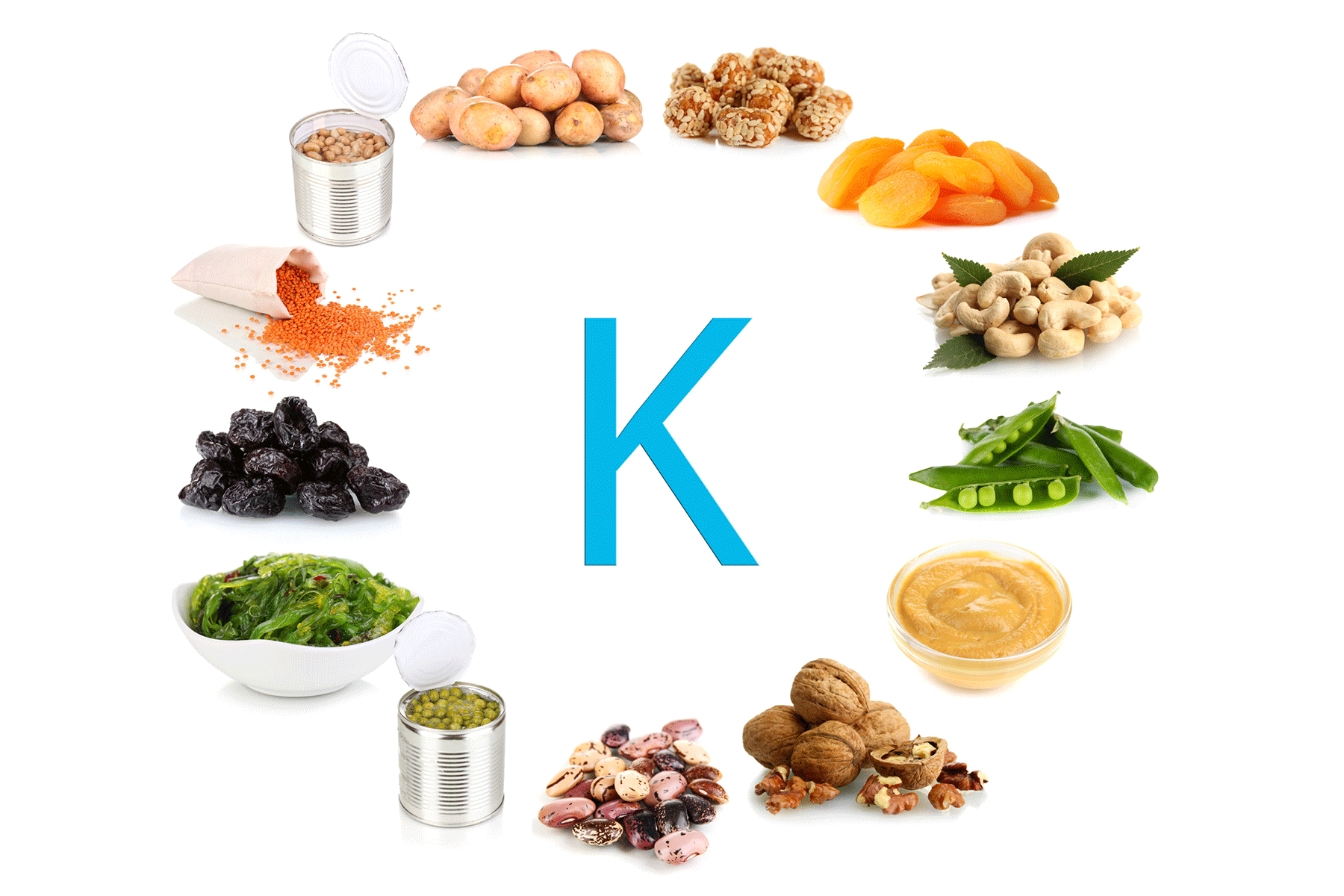Report
The U.S. Food and Drug Administration (FDA) has overhauled its guidelines on what qualifies as a “healthy” food label. Under the new rules, fortified white bread no longer qualifies, while fatty fish like salmon are now considered healthy. Most whole fruits and vegetables, along with nutrient-rich foods like whole grains, dairy, eggs, beans, lentils, seafood, lean meats, nuts, and seeds, will now meet the “healthy” definition, as long as they contain minimal added sugar, salt, and saturated fat. Frozen and canned fruits and vegetables are also included under the updated guidelines.
Aiming to Clear Up Consumer Confusion
These changes aim to simplify shopping for consumers who struggle with unclear nutrition labels. Many shoppers have found it difficult to determine whether one product is healthier than another. “Now, people will be able to look for the ‘healthy’ claim to help them choose nutritious foods for themselves and their families,” said FDA Commissioner Robert Califf in a statement.
Experts Applaud the Change
Nutrition experts have praised the new rules. Dr. Dariush Mozaffarian, a cardiologist and director of the Food is Medicine Institute at Tufts University, called the update “a terrific advance.” He explained that the FDA will now focus on the healthy ingredients in food, rather than just counting negative factors like calories, fat, or salt.
Closing Loopholes in Food Labeling
Under the previous rules, set in 1994, food products had to limit total fat to qualify as “healthy,” excluding heart-healthy fats like those found in avocados. Products could also qualify if they provided at least 10% of the daily value for vitamins, minerals, or fibre. This system led to companies fortifying unhealthy foods to label them as healthy. For example, fruit juices could carry the “healthy” label if they contained enough vitamin C, despite having high amounts of added sugar. The FDA has closed that loophole. Now, foods like fortified white bread, heavily sweetened yoghurts, and cereals can no longer be labelled “healthy.”
FDA Sets Deadline for Compliance
The FDA has given food manufacturers until 2028 to comply with the new rules. Experts believe this shift away from a nutrient-focused approach will benefit consumers. Elisabetta Politi, a dietitian at the Duke Lifestyle and Weight Management Center, compared the new guidelines to the food culture she experienced growing up in Italy, where people focused more on food quality than on counting individual nutrients. “When we prepare dinner, we don’t focus on carbs and fat. We think about the quality of ingredients—broccoli, chicken, maybe quinoa,” Politi said. “It’s a more relatable approach.”
The Origins of the New “Healthy” Definition
The effort to redefine “healthy” began in 2015 when the FDA sent a warning letter to Kind, the maker of fruit and nut bars. The FDA argued that the bars contained too many calories and saturated fat to be labelled as healthy. Kind pushed back, explaining that the fats came from heart-healthy nuts. The FDA eventually agreed, triggering a review of what “healthy” should mean on food labels.
The updated rule now aligns with U.S. dietary guidelines, focusing on healthy dietary patterns, the type of fat in foods, and limiting sodium and added sugars. The FDA is also working on a “healthy” symbol that companies can place on packaging. Studies show that current nutrition labels haven’t significantly improved consumer awareness or eating habits, with 75% of Americans failing to meet recommended fruit and vegetable intake.
Optimism and Caution from Experts
Nancy Brown, CEO of the American Heart Association, expressed confidence that the updated “healthy” definition will help consumers make better food choices. “It will motivate food manufacturers to develop healthier products that meet the ‘healthy’ standard,” she said. However, some experts warn that consumers might place too much trust in the “healthy” label. Fran Fleming-Milici, director of marketing initiatives at the UConn Rudd Center for Food Policy & Health, cautioned that shoppers may overlook other important nutritional details. “Dietary needs are specific to each individual,” she said, urging consumers to consider the full nutritional content and not just the label.
Source: NBC News
 Food Manifest
Food Manifest 













